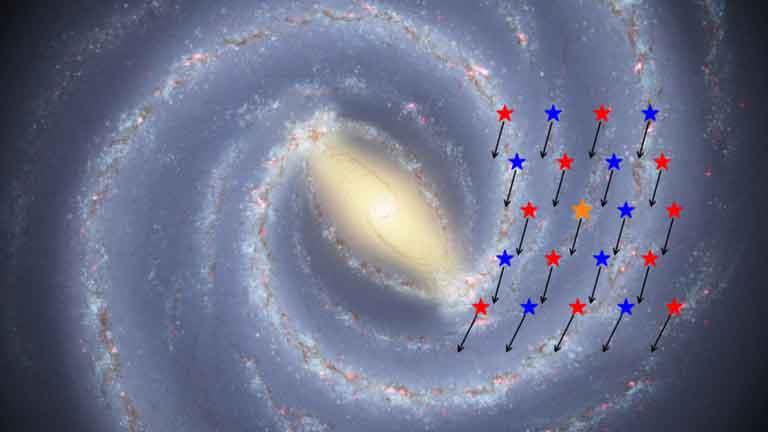02:28 PM
Sunday, 04 August 2024
Ancient stars near our Sun formed less than a billion years after the Big Bang – suggesting that part of the Milky Way is much older than previously thought, according to a recent study.
Most stars, including the Sun, are located in a thin disk surrounding the center of the galaxy. Researchers thought that this disk was formed about 8 to 10 billion years ago, but with the help of machine learning, they found that some of its stars are more than 13 billion years old.
The researchers succeeded in dating these ancient stars by analyzing data collected by the European Space Agency’s Gaia spacecraft and published their results on the arXiv server before printing earlier this year. The Leibniz Institute for Astrophysics in Potsdam (AIP) in Germany announced the discovery on Wednesday, July 31.
The universe is about 13.8 billion years old, so the presence of 13 billion year old stars in the thin disk of our galaxy means that the disk must have formed in the first billion years after the universe was born – pushing back the timeline of star formation in our galaxy significantly.
“These ancient stars on the disc indicate that the formation of the Milky Way’s thin disc began much earlier than previously thought, about 4-5 billion years ago,” said lead study author Sameer Nepal, a doctoral candidate which studies the Milky Way.
According to the statement, scientists are piecing together the history of the Milky Way using Gaia data to create maps recording the age, chemical composition and motion of stars. There are over 100 billion stars in the Milky Way galaxy, so there is a lot to map.
In the new study, the researchers looked at more than 800,000 stars near the sun, which extend over 3,200 light-years around the sun. For comparison, the entire Milky Way Galaxy is about 100,000 light years across. The team used machine learning to combine disparate data, providing measurements of variables such as the age of the stars and their metal content. This data revealed that most of these stars are more than 10 billion years old, and some of them are more than 13 billion years old.
The metal content of the stars is also amazing. Old stars are usually very metal-poor because they formed when the universe consisted mainly of hydrogen and helium. However, some of the oldest stars in the study were metal-rich, containing twice as much metal as our youngest Sun, 4.6-billion years old. These results indicate that there is rapid metal enrichment in the early stages of our Galaxy.
“This study also indicates that our galaxy experienced intense star formation in the early stages, leading to very rapid metal enrichment in the inner regions and disk formation,” said Nepal.


